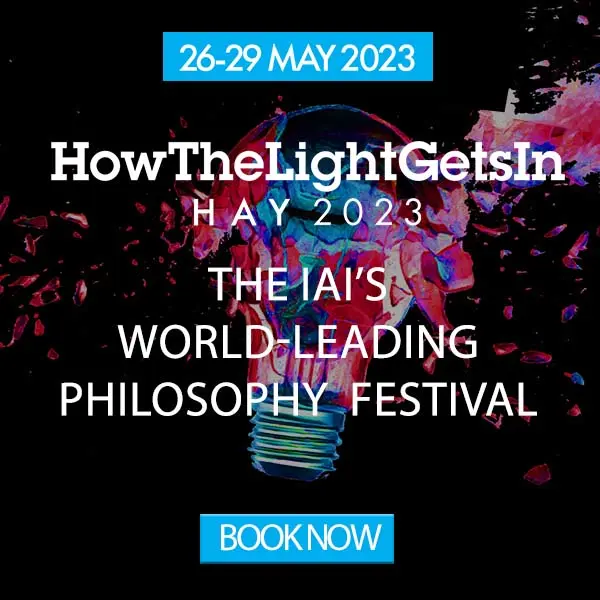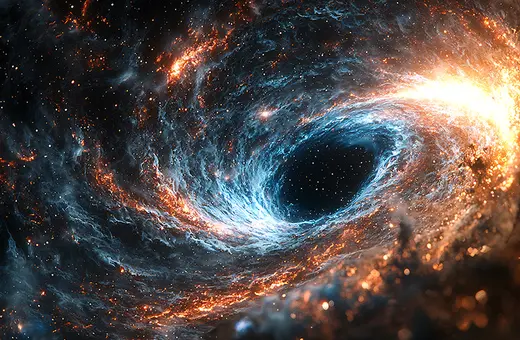New data from the Dark Energy Survey and South Pole Telescope suggest that the universe is less ‘clumpy’ than the standard cosmological model predicts. This has triggered speculation about new forces and insights into the nature of dark matter and dark energy. But this entire project is deeply misguided. We already have robust observations contradicting the standard cosmological model, showing that the universe is in fact more, not less, ‘clumpy’ than we thought. It’s about time the cosmology community faced these results, argue Pavel Kroupa and Moritz Haslbauer.
A recent publication in the journal Physical Review D with about 156 co-authors suggests the distribution of matter to be smoother than expected, based on the predictions of the standard model of cosmology [1]. This new data release by the Dark Energy Survey, was based on the findings of a telescope in Chile that measured the tiny distortions of the images of relatively nearby galaxies, caused by their light being diverted due to the gravitational pull of foreground matter. The team also employed observations from the South Pole Telescope to measure distortions of the cosmic microwave background (CMB), again due to the uneven distribution of foreground matter. The CMB suggests that matter was nearly evenly distributed in the universe, about 400,000 years after the Big Bang. As time progressed and the universe aged and expanded, matter began to clump together under the influence of gravity. But the clumping observed by the South Pole Telescope also did not accord with the predictions of the standard cosmological model.
The cosmology community is already speculating on the back of these results, even though they are not statistically significant, imagining new forces and theories about the nature of dark matter and dark energy. But these new findings, while calling for tweaks in the standard cosmological model, fly in the face of a series of more robust observations that suggest that the standard cosmological model is not fit for purpose. Dark matter and dark energy are speculative, and a range of recent observations, including by the James Webb Telescope, are increasingly showing to anyone willing to see that the universe doesn’t look or behave the way the standard cosmological model predicts. It’s about time the cosmology community gave up on this theory rather than digging itself into a deeper hole filled with speculation and fantasy.
The standard model of cosmology assumes Einsteinian gravitation to be valid everywhere in the universe, and in order to match observational data, it has to postulate the existence of dark matter, amounting to 5 times the amount of normal matter, as well as dark energy, which supposedly comprises some 75 per cent of all of the energy content in the universe. The standard cosmological model also assumes the cosmological principle, according to which the universe looks the same in every direction. Using these assumptions, scientists can calculate how the initial smoothness of the cosmic microwave background evolved into an increasingly clumpy and moving distribution of matter, made of filaments, galaxy clusters and galaxies. The measurement of this process allows astronomers to test if the model is correct.
___
Observations tell us that the Universe is structured on every scale, amounting to a falsification of the standard model of cosmology with extreme statistical confidence
___






















Join the conversation